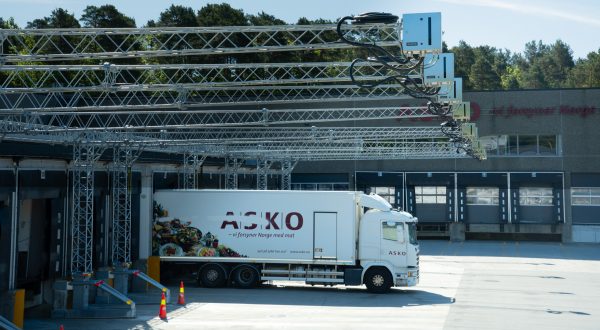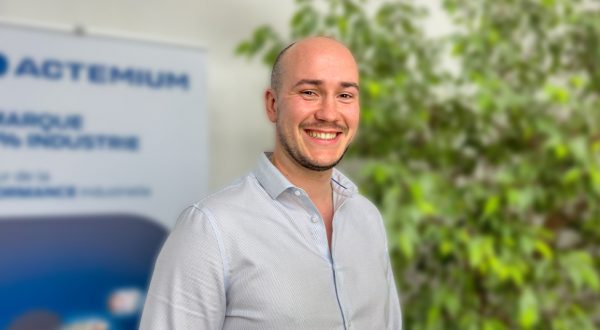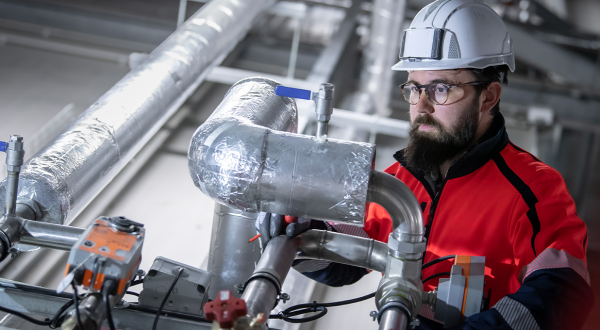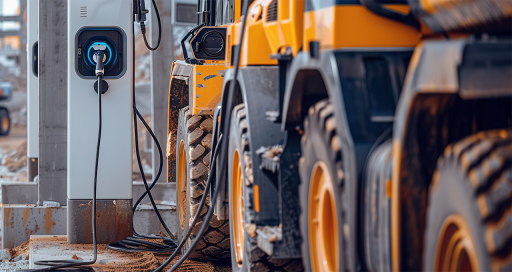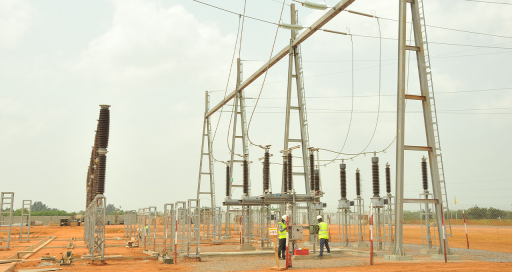With its PullAI solution, Omexom Atlantique Ingénierie promises significant cost savings on the installation of underground high-voltage lines, as well as reduced CO2 emissions. This is particularly beneficial at a time when climate events are increasingly often damaging electricity distribution networks.
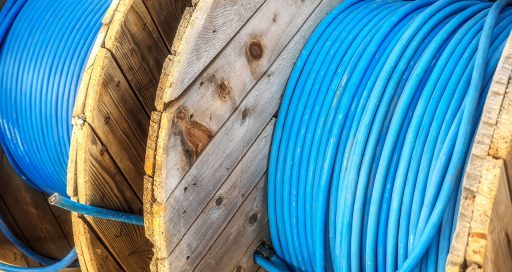
105,817 kilometres: the length of high-voltage (63,000 V and 90,000 V) and extra-high-voltage (225,000 V and 400,000 V) lines installed in France. Owned by RTE, this extensive distribution network transmits electricity from major production units to transformers, currently predominantly using above-ground and overhead infrastructure, with underground lines representing just 6.6% of the network.
The proliferation of violent climate events in recent years is prompting new calls for more widespread “undergrounding” of electricity distribution infrastructure. Events such as Storm Ciarán, which in October and November 2023, cut off electricity from 13 high-voltage and extra-high-voltage power lines and two substations representing a total combined power of 11 MW. These worldwide phenomena are forcing operators to transform, as in this example from the United States.
€100 million by 2030
In France in particular, the undergrounding of electrical lines is gathering pace. “The number of high-voltage and extra-high-voltage underground cabling projects has almost quadrupled for us in 10 years,” says Sylvain Pejean, Business Unit Manager at Omexom Atlantique Ingénierie (VINCI Energies), a turnkey solutions integrator in the electricity sector. “Some national market projections in France are suggesting a €100 billion investment for RTE by 2030.”
“A totally unprecedented concept that has proved its worth.”
Escalating demand for electricity and the development of renewable energy sources will certainly increase the need to install high-voltage and extra-high-voltage lines, for which undergrounding offers undeniable advantages. These include reduced exposure to risks of accidental (weather-related) damage, natural wear and tear, and deliberate vandalism, with maintenance costs reduced accordingly, plus improved flow control.
But underground network installation is extremely expensive, requiring major construction work and specialist expertise. Sylvain Pejean explains that “Trench routing geometry, friction, lubrication, cable weight and the difference in diameter between the cable and its sheath all have an impact on the engineering and construction. The cables can be more than 10 cm in diameter, and the reels they are delivered on can weigh many tens of tonnes. These mechanical characteristics force us to cut the cables into sections, which are connected in junction boxes – large concrete structures installed on the bottom of the trench.”
Improving cable pulling calculations
How can the cost of undergrounding be reduced, given the technically critical nature of these installations, which demand absolute safety and reliability? The most immediate response may come from an unexpected quarter – artificial intelligence.
Take the junction boxes as an example: they are extremely expensive, easily costing €100,000 or even €150,000. By optimising the distance between them, the number required along a line can be minimised for a hugely beneficial reduction in the overall project cost. As Sylvain Pejean explains, “Currently, cable pulling assessments are done in Excel, which is not the ideal tool for the job and can lead to gaps between the theoretical calculations and reality. This poses a risk of damage to the cables and of project delays.”
This is where algorithms come into play. They improve cable itinerary calculations, making them more reliable, and can also reduce the number of junction boxes required. With the support of Leonard, the VINCI Group’s future-oriented innovation platform, Omexom Atlantique Ingénierie developed PullAI, an artificial intelligence-based tool designed to predict the tensile stress in the cables between junction boxes.
“This is a totally unprecedented concept for the market,” says Sylvain Pejean. “It’s currently at the development stage, but has already proved its worth. Thanks to an injection of data and finance from the VINCI Energies ecosystem, it should be ready for commercial rollout in 12 to 18 months. The solution will have a significant ecological impact, because by reducing the number of junction boxes, it can reduce CO2 emissions by 200 tonnes per hundred kilometres of power line.”
200 tonnes of CO2 saved
This is the reduction in carbon dioxide emissions per hundred kilometres of electrical power lines made possible by the PullAI tool from Omexom Atlantique Ingénierie.
*In France, high-voltage and extra-high-voltage lines are now categorised as HTB (high-voltage B), which covers values above 50 kV AC.
02/14/2025
